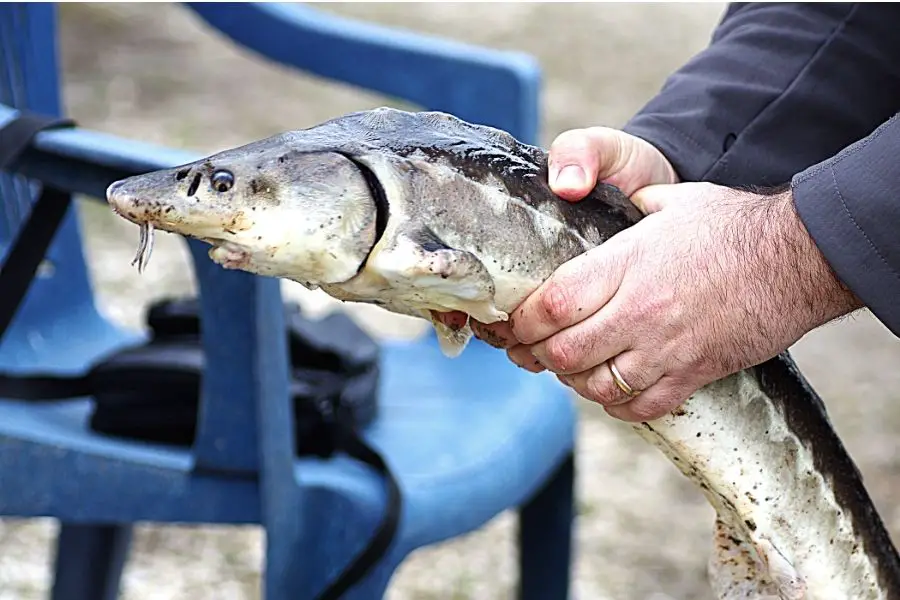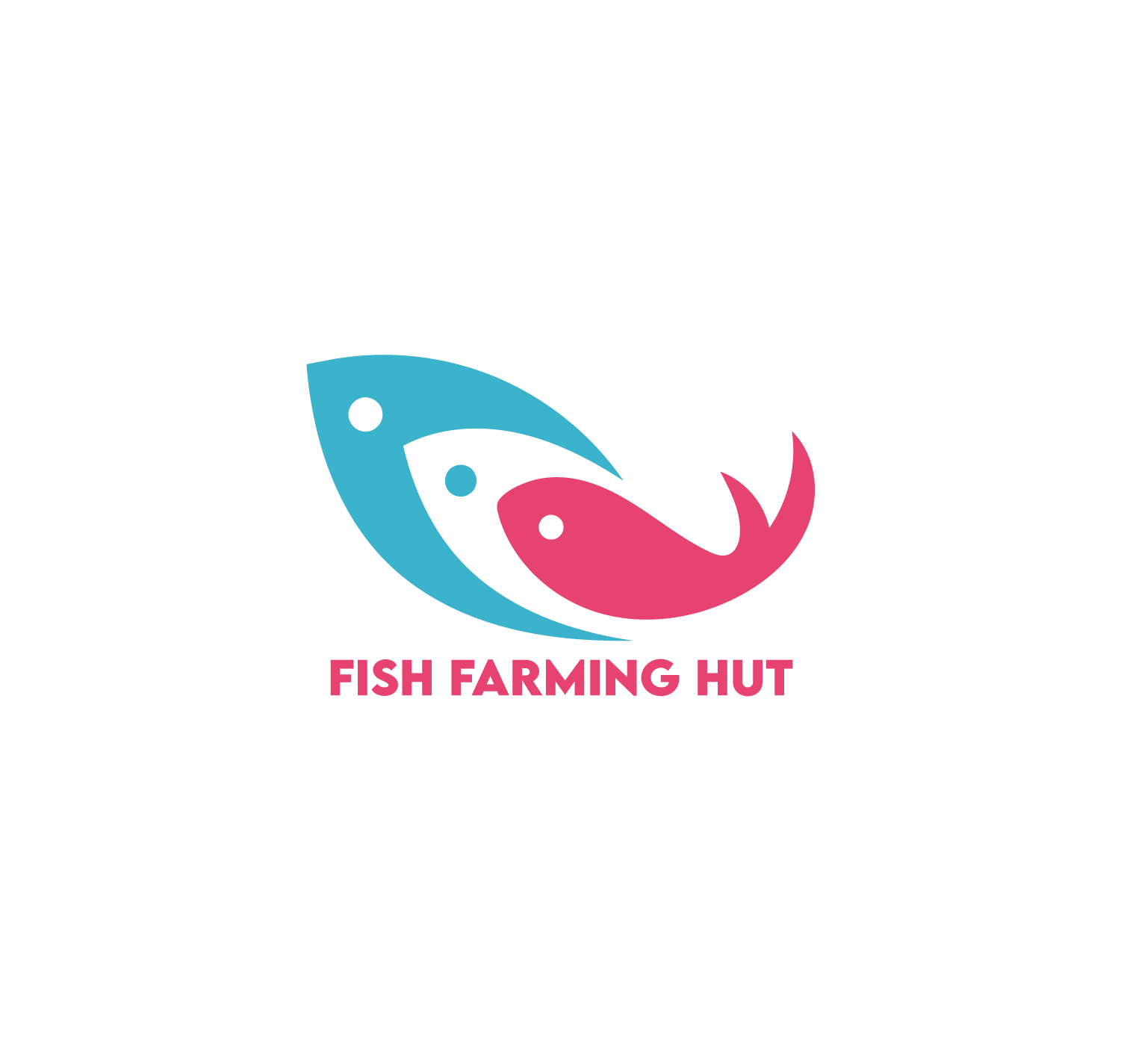You've all probably heard about caviar and how delicious (and expensive) it is. Its price tag is more than justified, though. The eggs are difficult to harvest due to the fact that the fish from where they originate (the sturgeon) are considered an endangered species. In light of this, many caviar producers rely on "breeders" that provide the eggs from sturgeons raised in a fish farm.
With this in mind, you may ask: Can sturgeon be farmed in a small fish farm?
Theoretically, it's not recommended to farm sturgeon in small fish farms, water bodies, or tanks. Keep in mind that these animals are quite large and need space to swim freely. Hence, professional breeders use large areas for their optimal development, growth, and reproductive health.
Let us further look into various aspects of sturgeon farming, including recommended areas to raise them, their growth rate, the sustainability of a sturgeon farm, among other topics.

What Is Sturgeon Farming?
As the name might give out, sturgeon farming refers to the activity of raising, breeding, and maintaining sturgeon in an enclosed water area for egg and meat production. This area doesn't have to be artificially devised, as you could take advantage of already-existing natural lakes or ponds.
The sturgeon fish is a common name to refer to around 27 species of fish that live in the Northern Hemisphere. Many of them live in fresh river waters, while others on the ocean swim over to rivers after a relatively long time to spawn. This slow reproductive rhythm is one of the main factors in their progressive demise.
The beluga, originally from the Caspian Sea, is presumed to be one of the oldest fishes that exist nowadays. It is thought to be around 250 million years old! Nevertheless, nowadays, belugas also face extinction, which is why their eggs are one of the most expensive in the world. To this day, only a few aquafarms in the world raise beluga in large batches.
China is well-known for its sturgeon farming and caviar production worldwide, supplying roughly 60% of the world's caviar nowadays. Kaluga Queen, the leading Chinese caviar company, raises sturgeon over at the Qiandao Lake in Zhejiang.
How Should Sturgeons Be Farmed?
Now we already know how sturgeons need their space and the importance of breeding them in large areas.
In that sense, the broodstock (the fish caught in the wild for reproduction) is often placed in earthen-pond systems. These pond systems are constructed solely with materials found on the soil, with a length of 130m comprising an extended main area of 100m and a narrower passageway. The narrow passage is considered to imitate the conditions by which sturgeons would reach the river for spawning. These are some of the most common types, but other more complex structures can be found for this purpose.
Additionally, we must critically consider the water requirements here. You might be thinking that this is very obvious here, but let's elaborate a bit.
For one, it should be fresh spring water maintained at an average constant temperature range of 15°-18°C (in the case of certain species, such as the Siberian sturgeon, lower than 13°C). On the other hand, typically, the water source would be a stream from nearby mountains to emulate the fish's natural ecosystem. As with other fish farms, the water must be constantly aerated to provide oxygen for the fish.
One relevant concern for fish farmers is how much sunlight sturgeons should receive and whether it's good to raise them in outdoor areas. In the view of many breeders, the best way to raise sturgeon fish is by placing them under a shade since we are still not sure how the exposure to sunlight will affect their growth and reproductive quality.
Sturgeons are known to get obese under hot water, which can affect their maturation rate and the production of eggs. Exposure to too much sunlight would increase the water's temperature at the expense of yield.
About their feed, sturgeons love eating small fishes such as sardines or shrimp, as well as fish meat that is not genetically modified. We must ensure that the fish eats what it typically consumes in its natural habitat.
Also Read: Can Brook Trout Spawn in a Pond?
What Is A Sturgeon's Growth And Reproductive Rate?
Sturgeons have painfully slow growth. To give an idea of how slow it is, consider how their sex is not determined until after about three or four years of maturation. At this time, both males and females are separated into different lines of production. The females remain in the hatchery producing eggs, while most males are sold for their meat.
As we explained before, sturgeons also need space to move, which is why it's not viable to place them in smaller tanks if you want them to reproduce in a consistently fast rhythm. We ought to consider that migrating is part of their reproductive behavior.
Sturgeons’ breeding cycle takes about 2 years, but male sturgeons can easily get irritated if the living conditions are not met. If you attempt to “grind their gears” too much, they will not breed during that cycle, and farmers would have to wait until the next cycle starts, which is a real bummer!
To add more challenge to the whole process, females are not capable of hatching eggs until they’re approximately seven years old.
Also Read: How Long Does it Take for Catfish To Mature?
Is Sturgeon Farming Sustainable?
Sturgeon farming is far more sustainable than sturgeon fishing. Still, it takes a very long time for a sturgeon farm to really take off and start producing a consistent amount of eggs for caviar production.
Meanwhile, despite the hefty return of investment you could get from your sturgeon farm, you will have a hard time getting started. This is due to the current restrictions set out almost globally about sturgeon fishing and the fact that you might need to catch wild sturgeon that meet the conditions for proper breeding.
Conclusion
If you are considering caviar farming, you need to follow the points we have mentioned in this post. The fish farm with ample space and matching the natural habitat for sturgeons will benefit you and be suitable for fish wellbeing. After all, the happy fish will be more productive and valuable for your fish farm!
